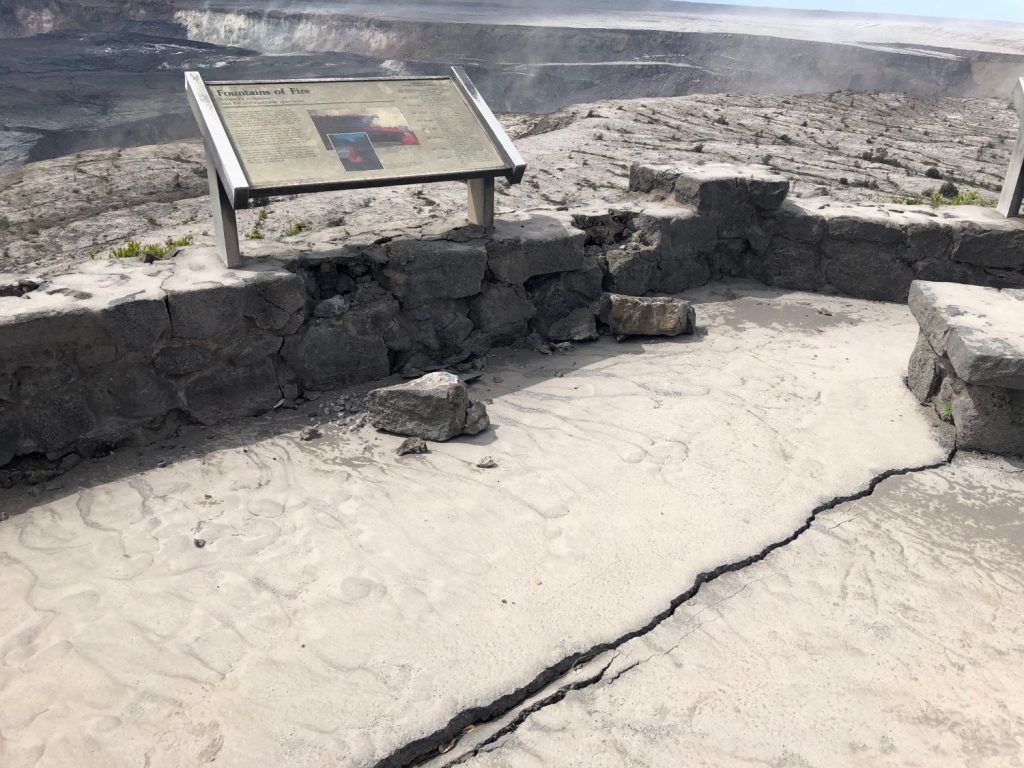Public Meeting Rescheduled For HVNP Disaster Recovery Project Environmental Assessment

The public will have another chance to learn more about the environmental assessment for Hawaiʻi Volcanoes National Park 2018 Disaster Recovery Project and provide input during an online meeting Wednesday, July 27.
The meeting will be conducted at noon. To join Wednesday’s webinar, click here or join by phone toll-free at 888-475-4499. The webinar ID is 955 6987 2923. The meeting will be recorded and a link to the recording will be posted on the project website.
The Disaster Recovery Project presentation will be at the top of the hour. Participants will not only learn more about the environmental assessment and be able to provide input, they also can have discussions with staff from the park and U.S. Geological Survey.
The meeting was rescheduled from noon July 21 because of technical difficulties. It was one of two online meetings scheduled that day; the 6 p.m. meeting was conducted without issue.
Can’t make Wednesday’s meeting? The public is invited to review and submit input on the environmental assessment before July 31 in the following ways:
- Online through the National Park Service Planning, Environment and Public Comment website. The website hosts the environmental assessment and detailed project information.
- Via a dedicated phone line at 808-460-6212. Callers can leave a detailed message or request to have someone call them back.
The 2018 eruption and caldera collapse were the most destructive eruptive events in Hawai‘i in the past two centuries, and the park closed to the public for 134 days.
Sponsored Content
Comments








